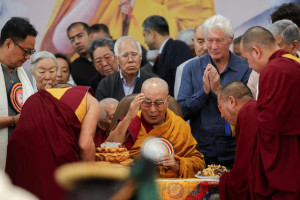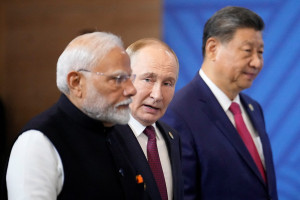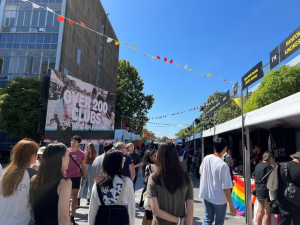World
Chinese students face anxious wait for visas under US crackdown
The visa crackdown is the latest in a series of moves targeting the international student community, especially Chinese nationals, who make up roughly 1 in 4 of all international students in the US.
Reuters
Caught in the middle of Washington’s renewed visa crackdown on Chinese international students, Beijing postgraduate Lainey is anxiously waiting to resume the visa process to study a PhD at her dream school, the University of California.
“We feel helpless and unable to do anything,” said the 24-year-old sociology student, who declined to give her surname for privacy reasons.
“The situation in North America this year is not very good. From applying for my PhD until now, this series of visa policies is not very favourable to us. But we have no choice but to wait.”
The US State Department said on Thursday it would not tolerate the “exploitation” of American universities or theft of US research and intellectual property by Beijing. Spokesperson Tammy Bruce did not elaborate on how many Chinese students would be affected by a new plan announced on Wednesday to “aggressively” revoke visas.
The visa crackdown is the latest in a series of moves targeting the international student community, especially Chinese nationals, who make up roughly 1 in 4 of all international students in the US, as the Trump administration pursues its hardline immigration agenda.
If applied to a broad segment of the 277,000 Chinese students already at US colleges, the visa revocations could disrupt a major source of income for universities and a crucial pipeline of talent for US technology companies.
Chinese students make up 16% of all graduate science, technology, engineering and maths (STEM) students in the United States.
DEFER ENROLMENT?
The announcement on Chinese student visa holders came after the Trump administration ordered its missions worldwide to stop scheduling new appointments for student and exchange visitor visa applicants.
If the visa appointment system is not resumed soon, Lainey wishes to defer enrolment for a year.
“Although everyone says the US admissions system may be biased against Chinese students, in reality US schools are indeed the top in terms of academic quality,” she said.
“I may also consider (applying to) some places outside the US, such as Europe, as well as Hong Kong and Singapore.”
The measures are a sign of the increasing spillover from a bruising trade war between the two global superpowers, and threaten to derail a fragile truce reached mid-May in Geneva.
A Friday editorial by China’s state-owned Global Times newspaper said the new visa measures raised “the spectre of McCarthyism” and likened them to an “educational witch-hunt”.
“In recent years, the suppression of Chinese students has increasingly become an important part of the US strategy to contain China,” the commentary said.
Potentially even more damaging than the immediate economic impact for the US could be a long-term erosion of the appeal of US universities and the subsequent brain drain.
International students - 54% of them from India and China - contributed more than $50 billion to the US economy in 2023, according to the US Department of Commerce.
“If I really have to wait until 2026 to reapply, I might not have such positive feelings towards America,” said Lainey.
“If I can’t even get a visa, then I’d have no choice but to go somewhere else.”




 21.95°C Kathmandu
21.95°C Kathmandu














